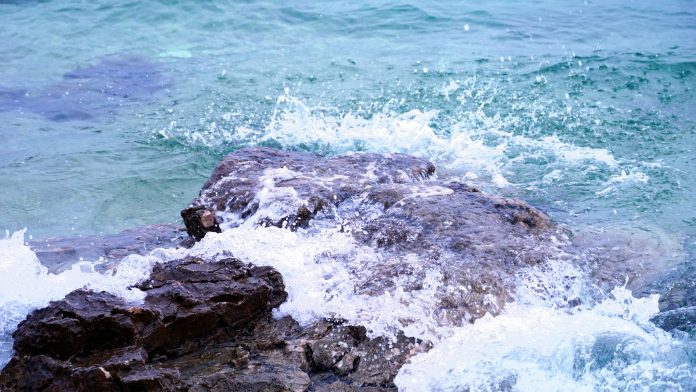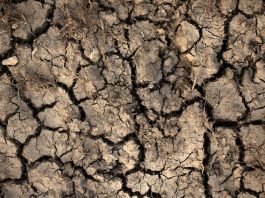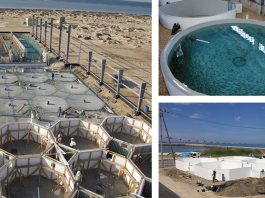Researchers at the Korea Institute of Civil Engineering and Building Technology have developed a novel alternative seawater desalination membrane to produce drinking water.
According to statistics obtained by the World Health Organization (WHO), approximately 785 million people around the world do not have access to a clean source of drinking water. Despite the enormous quantity of water on Earth, most of it is seawater, and thus undrinkable, and fresh drinking water composes around 2.5% of the total.
One concept that scientists are working on is the ability to provide clean drinking water by desalinating seawater. Now, the Korea Institute of Civil Engineering and Building Technology (KICT) has reported a significant advancement in this field, by developing a stable performance electrospun nanofibre membrane to convert seawater into drinking water by a membrane distillation process.
Currently, membrane wetting is the most difficult obstacle to overcome in the process of membrane distillation. If a membrane displays wetting during membrane distillation operation, the membrane needs to be substituted. Progressive membrane wetting has been particularly observed for long-term operations. If a membrane gets fully wetted, the membrane results in ineffective membrane distillation performance, because the feed flows through the membrane resulting in low-quality permeate.
Now, a group of scientists led by Dr. Yunchul Woo has established co-axial electrospun nanofibre membranes engineered by an alternative nano-technology, which is electrospinning. This novel desalination technology is indicative of the technique’s promise to assist in resolving the world’s freshwater shortage.
The newly established technology can thwart wetting difficulties and enhance the long-term stability in the membrane distillation process. A three-dimensional hierarchical structure should be developed by the nanofibres in the membranes for higher surface roughness and improved hydrophobicity.
The co-axial electrospinning method is one of the most promising and straightforward options to construct membranes with three-dimensional hierarchical structures. The group employed poly(vinylidene fluoride-co-hexafluoropropylene) as the core and silica aerogel combined with a low concentration of the polymer as the covering to deliver a co-axial composite membrane and acquire a superhydrophobic membrane surface. In fact, silica aerogel displayed a far lower thermal conductivity in comparison to conventional polymers, which resulted in heightened levels of water vapor flux during the membrane distillation process because of a decrease in conductive heat losses.
The majority of research involving electrospun nanofibre membranes in membrane distillation applications functioned for less than 50 hours, though they demonstrated a high water vapor flux performance. Contrasting this, Woo’s research team harnessed the membrane distillation process utilising the fabricated co-axial electrospun nanofibre membrane for 30 days.
The co-axial electrospun nanofibre membrane performed a 99.99% salt rejection for 30 days. As well as this, the membrane functioned properly without wetting and fouling problems, because of its low sliding angle and thermal conductivity properties. Currently, temperature polarisation is one of the considerable disadvantages in membrane distillation; it can reduce water vapor flux performance during membrane distillation operation due to conductive heat losses. The membrane is apt for long-term membrane distillation applications because it carries various vital characteristics such as, low sliding angle, low thermal conductivity, evading temperature polarisation, and limited wetting and fouling issues, whilst upholding super-saturated high water vapor flux performance.
Dr. Woo’s research team noted that it is more important to have a stable process than a high water vapor flux performance in a commercially available membrane distillation process. Dr. Woo said that “the co-axial electrospun nanofibre membrane have strong potential for the treatment of seawater solutions without suffering from wetting issues and may be the appropriate membrane for pilot-scale and real-scale membrane distillation applications.”
KICT is a government sponsored research institute founded to add to the advancement of Korea’s construction industry and national economic growth by expanding source and practical technology in the fields of construction and national land management.





